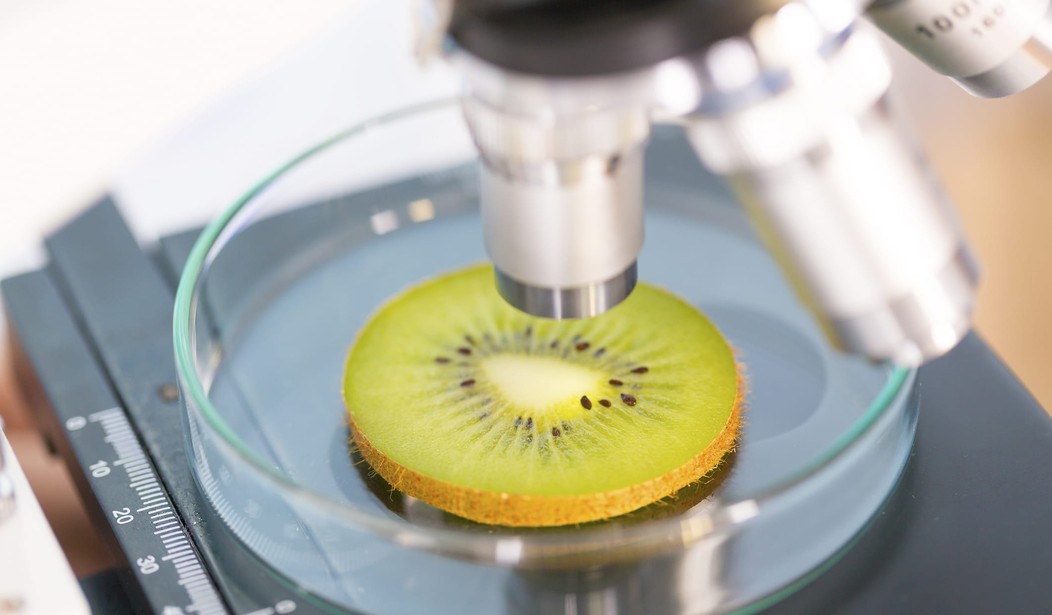Researchers in Genoa, Italy, say they have discovered a way to add electronic components to temporary tattoos, paving the way for “smart” electronics that could be transferred onto food or pills. This breakthrough technology could track what’s going on in our bodies and even monitor the food supply, scientists say.
Temporary tattoos have a thin layer of ethyl cellulose polymer that adheres to a sheet of paper with a thin layer of water-soluble starch or dextrin. When the tattoo is placed in water, that thin layer dissolves, allowing what’s on the ethyl cellulose sheet to be transferred to the skin or to other objects. The images can be created with a simple inkjet printer. Researchers at the Instituto Italiano di Tecnologia (IIT) took this technology a step further by adding electronic components to the tattoos.
The researchers say that ingestible electronics “could potentially target a significant number of biomedical applications, both as a therapeutic and diagnostic tool.” Edible electronics tattooed onto food or pills could potentially perform tests and then transmit feedback to doctors and patients. The technology may also have applications for the food industry, “providing ingestible or food-compatible electronic tags that can ‘smart’ track goods and monitor their quality along the distribution chain.”
MIT Technology Review notes that ingestable electronic devices have been around for years in the form of pills that contain cameras, for example. “But these devices are made exclusively from silicon-based components that are expensive and inflexible,” the report explains.
“The use of commercial tattoo-paper for the integration of biocompatible active electronic devices on edible substrates,” by contrast, “opens new and exciting perspectives in the long-term vision of widely accessible personal care applications,” the ITT researchers say. “It is compatible with cost-effective and mass-manufacturing printing techniques and it provides a general and flexible platform for easy integration of the devices on many different types of objects, without any type of surface treatment prior to device fabrication or transfer.”
Researchers are hopeful that this new technology will “pave the way to the development of a new set of point-of-care testing systems, constituted by edible sensors able to effectively operate from within the GI tract.” In addition to tracking health information, “smart probes” transferred onto perishable goods could track foods along their entire lifespan, making it possible, for example, to monitor a food’s ripeness.
There’s still much work to be done before this technology is ready for widespread use, but researchers are confident they can build on their proof-of-principle demonstration. They believe this “potentially disruptive technology” will lead to a “simple and versatile platform for the integration of fully printed organic circuitry on food and pharmaceutical drugs.”









Join the conversation as a VIP Member